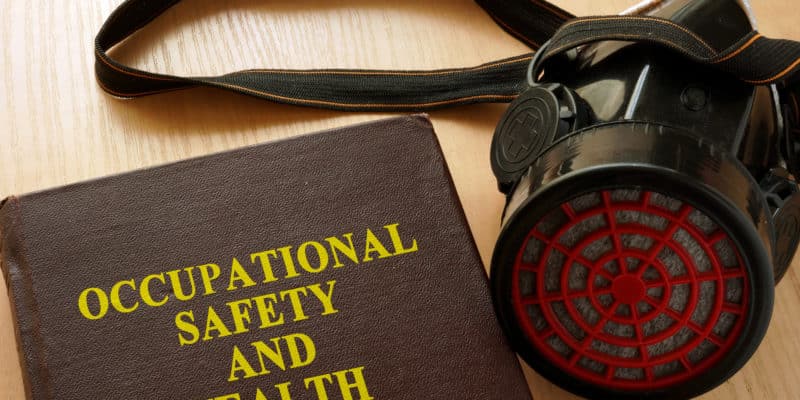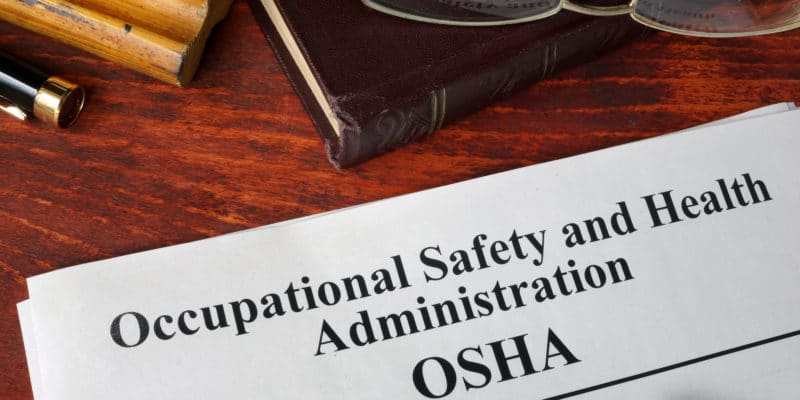MLT News | Posted: January 14, 2023
Apprenticeship programs result in safer workers. That’s the conclusion of a first-of-its-kind study by the Washington State Department of Labor & Industries (L&I). As apprenticeship programs continue to grow, they could reduce serious worker injuries and workers’ compensation claims.
“Apprentices are safer because they’re learning all the proper techniques,” said Peter Guzman, manager of L&I’s Apprenticeship Program. “Now the science backs us up.”
…
The results of the study come at a time of expansion for registered apprenticeship programs in Washington. There is record involvement, with 22,000 workers currently participating in apprenticeships across about 200 registered programs in the state. While construction trades such as carpenter, ironworker and electrician have the most active participants, there are growing programs in the technology, aerospace and medical assistant fields.
The study, by L&I’s Safety and Health Assessment and Research for Prevention (SHARP) Program, linked registered apprenticeship data with plumber certification information. Then, it compared worker compensation claims between 2000-2018. The work underwent a rigorous peer review and publication last fall in the Journal of Safety Research.
The findings show workers’ compensation claim rates were 31% lower among journey-level plumbers with apprenticeship training compared to plumbers who did not complete an apprenticeship.
“This study provides support for what many believe: There are fewer injuries among apprentices,” said Dr. Dave Bonauto, SHARP manager.
SHARP epidemiologist Dr. Sara Wuellner, a 13-year agency veteran, led the study.
“While the study focused on plumbers, it indicates apprenticeships not only provide well-trained workers, they also contribute to a safer workplace,” she said. “Other studies could look at specific parts of apprenticeship and show how that occurs.”







